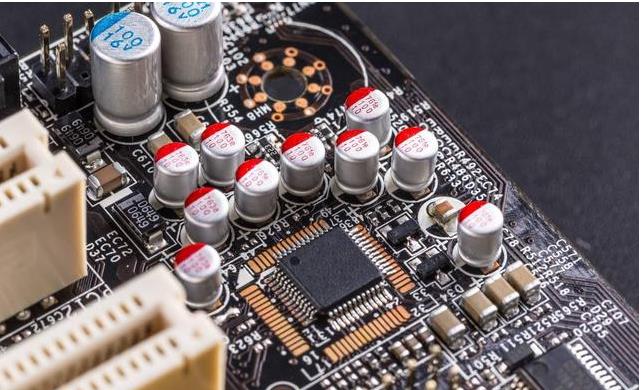In recent years, in the research of PCB reverse technology, the reverse push principle diagram refers to the reverse push out of the PCB copy board file diagram or the direct drawing of the PCB circuit diagram based on the actual product, which aims to explain the principle and working condition of the circuit board. Moreover, this circuit diagram is also used to analyze the functional characteristics of the product itself. In the forward design, the general product development must first carry out the schematic design, and then carry out the PCB design according to the schematic.
Whether it is used to analyze circuit board principles and product operating characteristics in reverse research, or is reused as the basis and basis for PCB design in forward design, PCB schematics have a special role. So, how do you reverse the PCB schematic diagram based on the file diagram or the actual object? What details should be paid attention to during the reverse push process? Today I will explain to you one by one.
1. Correctly distinguish lines and draw wiring reasonably
For the distinction between ground wires, power wires, and signal wires, engineers also need to have relevant power supply knowledge, circuit connection knowledge, PCB wiring knowledge, and so on. The distinction of these lines can be analyzed in terms of the connection of components, the width of the copper foil of the line, and the characteristics of the electronic product itself.

In the wiring drawing, in order to avoid the crossing and interpenetration of lines, a large number of grounding symbols can be used for the grounding line. Various lines can use different colors and different lines to ensure that they are clear and identifiable. For various components, special signs can be used, or even Draw the unit circuits separately, and finally combine them.
2. Reasonable division of functional areas
When performing the reverse design of the schematic diagram of a good PCB circuit board, a reasonable division of functional areas can help engineers reduce some unnecessary troubles and improve the efficiency of drawing. Generally speaking, components with the same function on a PCB board are arranged in a concentrated manner, and the division of areas by function can have a convenient and accurate basis when inverting the schematic diagram.
However, the division of this functional area is not arbitrary. It requires engineers to have a certain understanding of electronic circuit related knowledge. First, find the core component in a certain functional unit, and then according to the wiring connection, you can find other components of the same functional unit along the way to form a functional partition. The formation of functional partitions is the basis of schematic drawing. In addition, in this process, don't forget to use the serial numbers of the components on the circuit board cleverly, they can help you partition the functions faster.
Three, find the right reference parts
This reference part can also be said to be the main component used at the beginning of the schematic drawing. After the reference part is determined, the reference part is drawn according to the pins of these reference parts, which can ensure the accuracy of the schematic drawing to a greater extent.
For engineers, the determination of reference parts is not very complicated. Under normal circumstances, the components that play a major role in the circuit can be selected as reference parts. They are generally larger in size and have more pins, which is convenient for drawing. Such as integrated circuits, transformers, transistors, etc., can all be used as suitable reference components.
Four, verification and optimization
After the schematic drawing is completed, the reverse design of the PCB schematic can be said to be completed after testing and verification. The nominal value of the components sensitive to the PCB distribution parameters needs to be checked and optimized. According to the PCB file diagram, the schematic diagram is compared and analyzed to ensure that the schematic diagram is completely consistent with the file diagram.
5. Master the basic framework and learn from similar schematic diagrams
For some basic electronic circuit frame composition and principle drawing methods, engineers need to be proficient, not only to be able to directly draw some simple and classic unit circuits, but also to form the overall frame of electronic circuits.
On the other hand, don't ignore that the same type of electronic products have a certain similarity in the schematic diagrams. Engineers can use the accumulation of experience and fully learn from similar circuit diagrams to reverse the schematic diagrams of new products.
Shenzhen Kemaolong Electronics Co., Ltd. is committed to providing prototypes for the continuous innovation of electronic products, establishing the world's largest manufacturing platform for small and medium batch production, and becoming a domestic first-class hardware outsourcing one-stop PCBA foundry service provider. Kemaolong insists on taking high-quality products, fast delivery, perfect service, good reputation, and flexible marketing as the basis of market competition, and actively promotes "PCB design-manufacturing-material supply-PCBA processing (SMT mounting)-assembly /Test” one-stop PCA service model to eliminate the inconvenience of multi-party communication, follow-up and coordination in product design, supporting processing and production procurement process management.